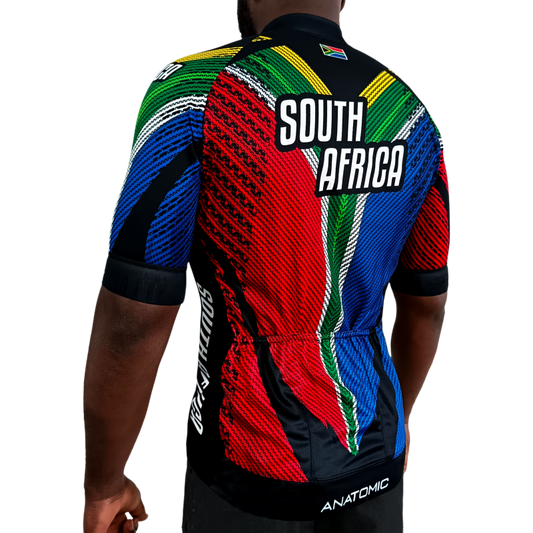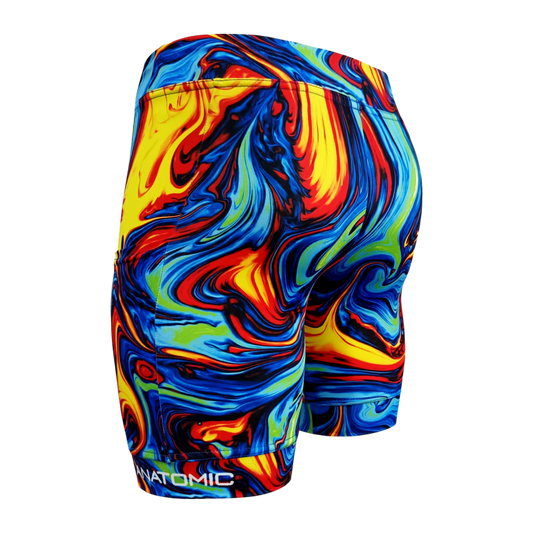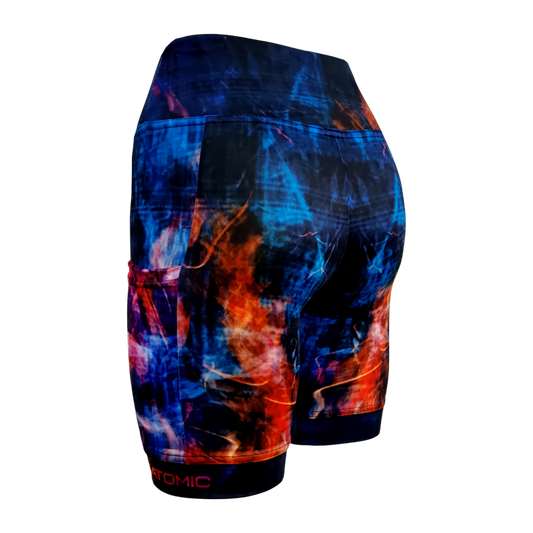Is there a place in cycling for those who are slow?
Let’s be honest: in most sports (and I’m not talking about darts, pool, or lawn bowls), you need to be fast or, at the very least, quick, if you want to reach the top. It doesn’t matter how sharp your skills are in ball sports—without speed, you’ll struggle to compete at the highest level. Speed and explosive power are tightly linked. Even though athletes like rugby props or weightlifters might not look like they’re quick, they still need bursts of speed to excel.
But here’s the thing: not all sports require raw speed.
Speed is essential for getting the edge in most sports. Many top athletes are born with fast-twitch muscle fibres—the kind that allow for quick, explosive movements. Combine that with good coaching, encouragement, and early success, and you've got a winning formula. Unfortunately, being naturally slower often means fewer opportunities to shine in your youth, less access to top coaching, and, ultimately, lower chances of excelling in certain sports.
But here’s the thing: not all sports require raw speed. In fact, some endurance sports—like long-distance running, skiing, swimming, paddling, and cycling—offer opportunities for athletes who may not be the fastest on the track. And that’s one of the reasons these sports are so popular; they’re accessible and inclusive, attracting people of all abilities. After all, sport is something everyone should enjoy.
However, there are a few things to keep in mind:
- Many endurance events do end in a sprint, which naturally favours those with speed.
- Even in long-distance running, you still need a decent leg turnover to move at a competitive pace. To put it in perspective, running comfortably at a pace of 3 minutes per kilometer is a serious test of leg speed for most.
- Endurance cycling events, especially on the track, reward athletes with the ability to accelerate quickly or maintain high speeds.
- In mountain biking, especially cross-country, a fast and explosive start is crucial, with technical courses and short course seeding races favouring speedier athletes.
That said, cycling, especially in its long-distance forms, offers something unique: a “gearbox” that levels the playing field to some extent. In cycling, it’s not about how fast your legs are, but how efficiently you can convert power over time, thanks to the gears. This adaptability allows athletes of varying abilities to find their sweet spot. What’s more, some slower athletes naturally have a higher proportion of slow-twitch muscle fibers—the kind better suited to endurance. And yes, that can absolutely help them perform well in long-distance races.
Many top cyclists in grand tours, gravel races, and mountain bike marathons aren’t necessarily fast sprinters. Instead, they thrive because their bodies are incredibly efficient at delivering oxygen to their muscles over long periods.
So, despite genetic factors that play a role—VO2 max, muscle composition, height, and even intelligence—cycling, with its variety of disciplines and race formats, truly has space for both the fast and the slower to succeed.








